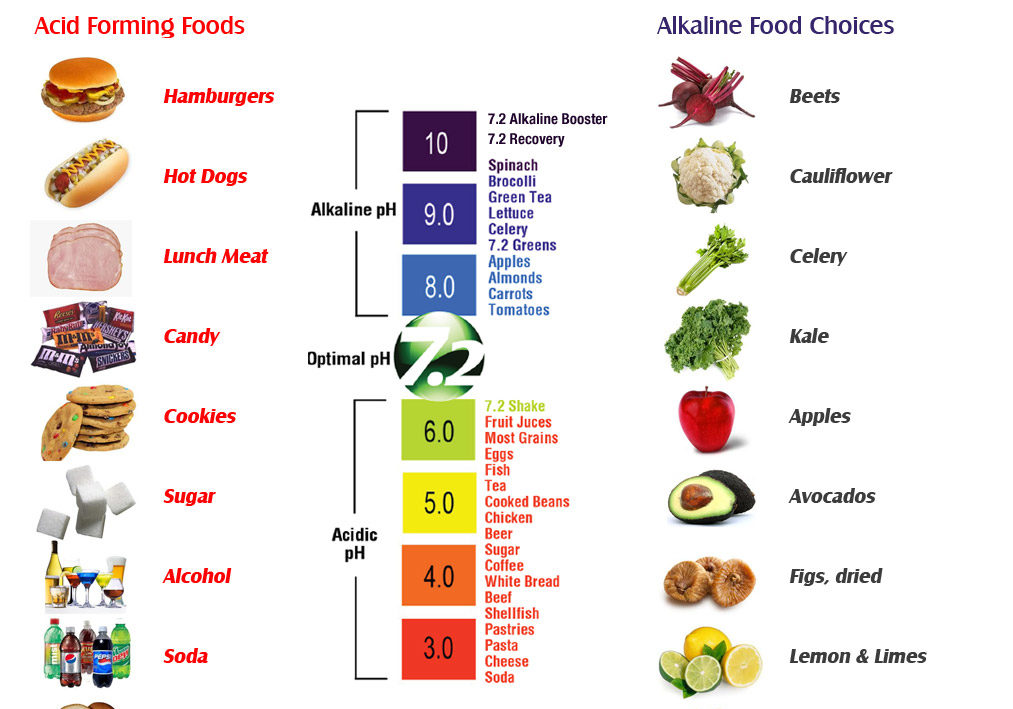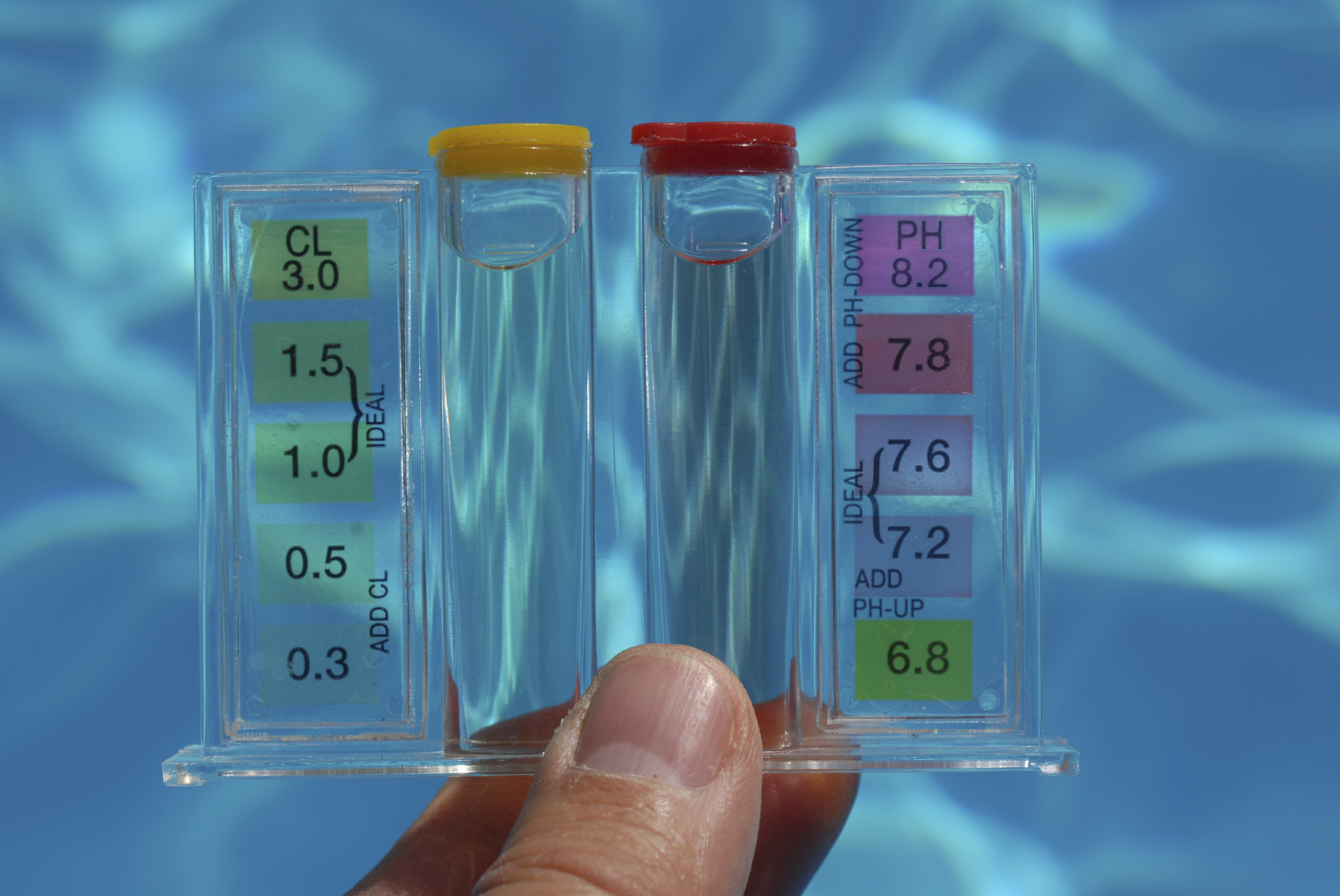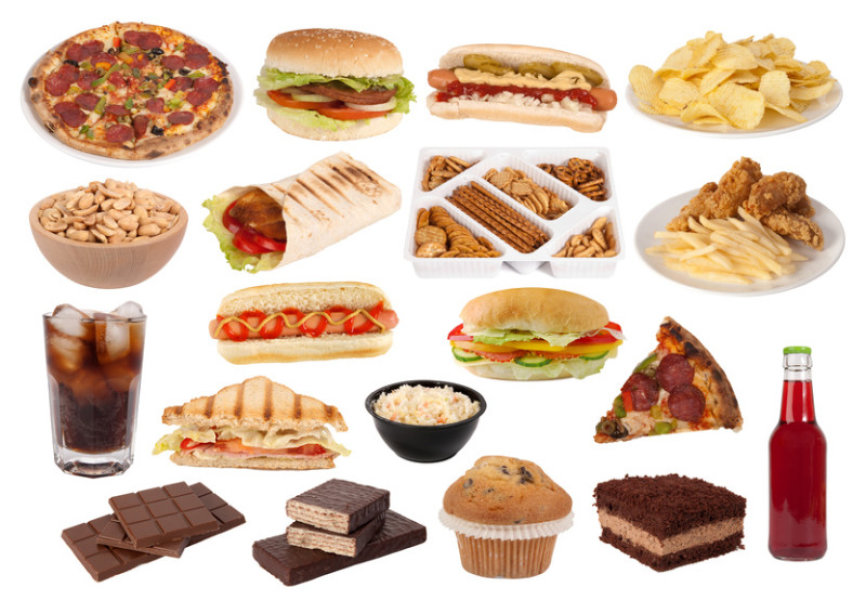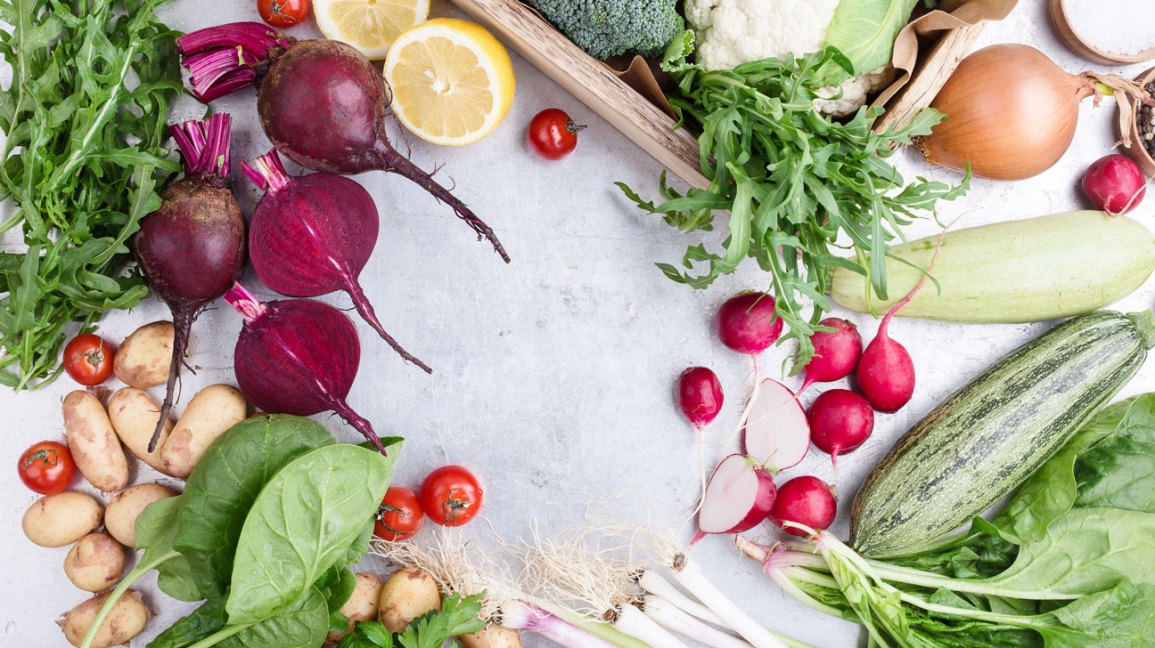The Covid pandemic forced the majority of the global workforce to abandon their traditional office space. It challenged them to create a new and very different home work environment. At times this was vastly more productive, and other times it was much less productive.
Today I want to explore one area I think we will all need to address going forward as leaders. What sick time looks like in a hybrid work environment. This can be both mental and physical issues. And more importantly, how to handle the overarching challenge of maintaining business continuity and productivity, despite an increasingly hybrid work environment.
With approximately 35% of Americans now permanently working from home, employers are having to reexamine their workplace policies, especially when it comes to sick leave. Some companies are even contemplating if sick leave is even necessary.
What is sick time in a hybrid world?
Do I call in sick when I am already home? Since you are already working from home, to call in sick may seem pointless and maybe almost irritating for both employees and employers. Figuring they can battle the illness and still produce quality work, workers forge forward. Especially since in an office based world, there are legal ramifications to forcing team members to work while sick.
Here’s a few examples.
- How do you handle a sick day when you are already working from home? Do you really need to let everyone know at 8am that you will be staying in bed and continuing to work all morning?
- How do you handle a team members one hour doctors visit at 9am when most team members aren’t fully online until 10am anyways?
- How do you handle recurring doctors appointments that are increasingly difficult to track? Team members that found it difficult to hide health issues at the office can technically leave throughout the day without anyone noticing if they plan visits early in the morning, around lunch, or late in the afternoon.
- If you are feeling run down on a Friday after, do you simply take a half day to recoup your mental health and then make it up working on Sunday afternoon?
At the end of the day, many of these issues center around the futile attempt to balance workplace productivity with health. And I’ve written before about how this is a largely futile attempt. Productivity is an illusion. We should instead chase value and results.
How should we look at the impact of family?
Often, not only are team members working while sick, but they are playing caretakers to sick children, but again, they forge forward. In the beginning it may feel that all is under control, but Greg Courser, an occupational medicine physician at the Mayo Clinic in Minnesota, warns, “people are not going to get better, they’re going to get sicker; they’re going to get more stressed out and there’s going to be all sorts of consequences that we don’t even know about yet.”
Pre-pandemic the lines between parents who were primary caretakers and working parents were very clear. But how do you address working parents who are the primary caretaker?
The EEOC has made it abundantly clear that working parents are going to more protected, not less in the future.
If a parent starts work at 6am, leaves to drop off their children at 8am, and returns to work by 10am, is that a productivity boost or a drain? Similarly if a parent leaves work at 3pm for pickup from school, but then gets back online at night, does it even matter?
Most of us never liked to call in sick to work. Often, we would go into the workplace sick putting others at risk; we would feel guilty. Now, we can stay home and avoid getting our coworkers sick, but the guilt still exists; it is just different.
Do we admit that we are prioritizing health?
We now feel guilty for calling in sick since we are already home. Research would agree, though, if we don’t put the computers down and concentrate on our own physical and mental health, the workplace is in real danger. Dropbox has even gone as far to see that stress is slowly eroding workplace productivity.
Is it important to create an environment where team members are encouraged to push through sickness or for them to raise their hand and take care of themselves? Especially since men and women both have very different reactions to stress and admitting health issues.
To create an inclusive environment, it may be impossible to ignore the lack of definition around health and sickness.
Most experts agree that while some people can manage mild illnesses while working, most illnesses take time away from work to recover; even if the work is at home. The risk is that an illness will exacerbate and take a longer time to recoup, often requiring more doctor’s visits, more time off, and more use of insurance.
How do we balance it all?
You could argue we still haven’t found balance at work. Some chase work/life balance. Other companies are implementing tracking and monitoring tools. But the risk is that the stress of all of it will have a negative impact on your psychological health, often leading to poor performance at work and even depression.
It doesn’t matter if you’re sick at home or at the office; if you’re working sick, research suggests your company is not the recipient of your best efforts.
Since research suggests people are not clocking in sick, making “sick days” a thing of the past, employers need to review this policy carefully. These practices require understanding from both the employee and employer, and have the potential to redefine sick leave. No longer should we ask, “should I call in sick”? We should already know the answer.
Where do we go from here?
Ultimately, every organization will need a more defined health policy in the future that addresses remote, flex hybrid, and office environments. Right now the majority of companies are leaving it up to team members to decide on a case-by-case basis.
We all know that doesn’t work in every other area of work. So, why would it work when it comes to something as critical and also confidential as our health? Here’s a few examples of some items you could write into a health policy for your team members.
- How to handle communicating when you are sick
- How to handle working partial days or partial weeks
- How to handle doctors visits or recurring health appointments during the day
- How to prioritize long-term physical health through checkups
- How to prioritize long-term mental health through wellness checks and mental health days
- How to plan your week around your productive time and unscheduled family emergencies
- How to communicate your schedule to your team and your manager as soon as something changes in your normally recurring schedule
How can we lead by example?
Ultimately as leaders we set the example for our teams. If we need time off, take time off, But don’t simply turn a 40 hour week into a 32 hour week without any plan to makeup the time. We can all work together in this new hybrid era.
I believe strongly in a future where productivity, value, and health can be woven together in a framework of sustainable happiness. But it won’t happen without clear definition and candid conversations.





